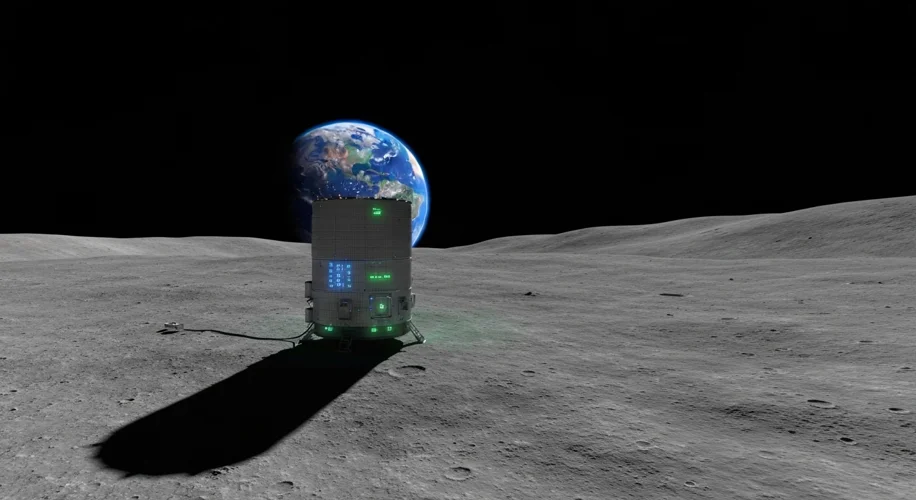Did you know that NASA is aiming to put a nuclear reactor on the Moon by 2030? This isn’t science fiction; it’s a serious plan to power a permanent human presence on our closest celestial neighbor.
Why a Nuclear Reactor?
The Moon presents unique energy challenges. For starters, a lunar day and night cycle lasts about 29.5 Earth days, with a roughly two-week period of darkness. Relying solely on solar power during these long nights would be incredibly difficult for a sustained base. Nuclear power offers a constant, reliable energy source, regardless of sunlight.
This need for dependable power is critical for supporting astronauts, operating equipment, and conducting scientific research. It’s about creating a sustainable foothold, not just a brief visit.
What Kind of Reactor?
The proposed reactor is a compact fission power system, designed to be relatively small and safe. Think of it as a portable power plant. While the exact details are still being refined, the goal is a system that can provide enough electricity to keep life support systems running, power rovers, and enable ongoing experiments.
Why Now?
Beyond the technical challenges of lunar living, there’s a broader context. As multiple nations, including China and Russia, express interest in lunar exploration and potential bases, the race is on to establish a presence. Reliable power is a fundamental building block for any long-term outpost.
The Hurdles
Of course, putting a nuclear reactor on the Moon isn’t without its complexities. Safety is paramount. The reactor must be designed to withstand the harsh lunar environment, including extreme temperature variations and the vacuum of space. Strict protocols will be needed for its transport, deployment, and operation to ensure no contamination or hazards.
Then there’s the budget. Space exploration is expensive, and developing and launching such advanced technology requires significant investment. Ensuring continued funding amidst other national priorities is always a consideration.
Looking Ahead
Despite the challenges, the push for a lunar nuclear reactor highlights NASA’s commitment to expanding human presence beyond Earth. It’s a crucial step towards building sustainable outposts that could support deeper space exploration in the future. It’s truly fascinating to think about the potential for continuous power generation on another world!

